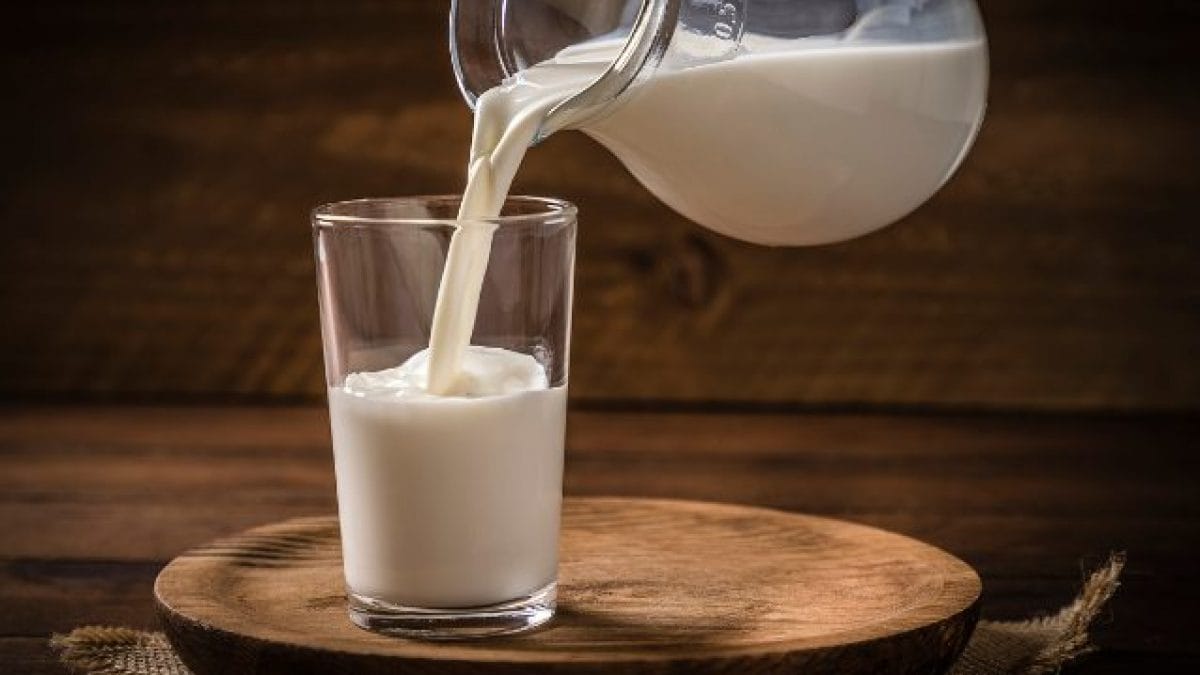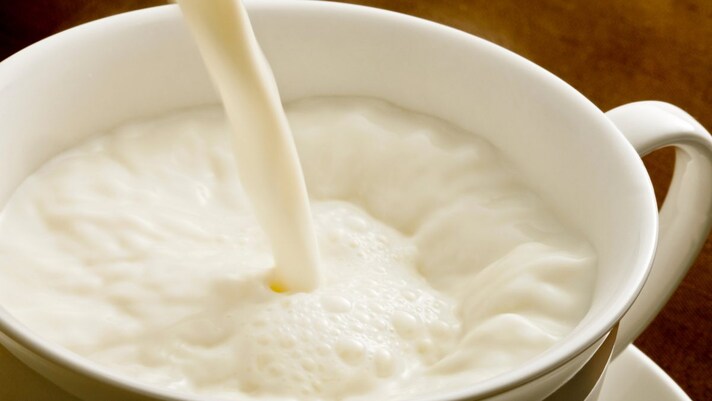
Milk has been a staple in human diets for centuries, but not all milk is created equal. The ongoing debate between raw milk and pasteurized milk has sparked controversy for years. Advocates of raw milk argue that it retains more nutrients and better supports gut health, while pasteurized milk is seen as safer due to the elimination of harmful bacteria. But what’s the real truth behind these two types of milk? Let’s dive into the differences, health benefits, and safety concerns to understand which option is best for you.
The Basics: Raw Milk vs. Pasteurized Milk
Raw Milk:
Raw milk is milk that has not been heat-treated or pasteurized to kill harmful bacteria. It comes straight from the cow, goat, or sheep and can be consumed in its natural state. Proponents of raw milk claim that it retains its natural enzymes, beneficial bacteria, and higher nutrient content, which can be lost during the pasteurization process.
However, because raw milk hasn’t undergone any bacterial treatment, it can contain pathogens such as E. coli, Salmonella, and Listeria, which can lead to foodborne illnesses. In many countries, raw milk is illegal to sell due to these health risks.
Pasteurized Milk:
Pasteurized milk is milk that has been heated to a specific temperature for a set period of time to kill harmful bacteria without significantly affecting its nutritional content. The process, which was first developed by French scientist Louis Pasteur in the 19th century, has become a standard practice worldwide to ensure the safety of milk. Pasteurization involves heating milk to temperatures between 145°F (63°C) and 161°F (71.7°C) for a few seconds or minutes, depending on the method used. This process kills harmful microorganisms but can also destroy some of the natural enzymes and beneficial bacteria present in raw milk.

Nutritional Comparison
Raw Milk:
Raw milk enthusiasts believe that the unpasteurized version is more nutritious because it retains enzymes such as lactase and lipase, which help break down lactose and fat, respectively. These enzymes are thought to aid in digestion and improve nutrient absorption. Additionally, raw milk is often praised for having a higher content of certain vitamins and minerals, such as vitamin C and B vitamins, which can be degraded during pasteurization. Some also argue that raw milk is better for gut health, as it contains beneficial bacteria, also known as probiotics, that support a healthy microbiome. These bacteria are thought to enhance digestion and boost immunity.
Pasteurized Milk:
While pasteurization does destroy some beneficial enzymes, the overall nutritional profile of pasteurized milk remains similar to raw milk in terms of protein, calcium, and vitamin D. In fact, many commercial pasteurized milk products are fortified with extra vitamin D to help support bone health. Pasteurized milk is considered a safer and more stable option, as it significantly reduces the risk of foodborne illness. However, some people argue that the destruction of natural enzymes and bacteria during pasteurization reduces its overall health benefits.
Safety and Health Concerns
Raw Milk:
The primary concern with raw milk is its potential to carry harmful bacteria. Since raw milk is not treated to kill pathogens, it can pose significant health risks, particularly for vulnerable populations such as children, the elderly, pregnant women, and individuals with weakened immune systems. Ingesting contaminated raw milk can lead to serious illness, including vomiting, diarrhea, and even death in extreme cases.
Several health organizations, including the Centers for Disease Control and Prevention (CDC) and the World Health Organization (WHO), warn against consuming raw milk due to these safety risks. While some people may tolerate raw milk without issue, the potential for foodborne illness is a significant concern.

Pasteurized Milk:
Pasteurized milk, on the other hand, is considered much safer to drink because the pasteurization process kills harmful bacteria and reduces the risk of foodborne illness. The risk of contamination in pasteurized milk is minimal, as long as the milk is stored properly and handled according to food safety standards. While pasteurized milk eliminates many of the harmful bacteria found in raw milk, it does not guarantee the elimination of all potential risks, such as contamination during the milking process or improper storage. However, overall, pasteurized milk is far less likely to cause illness compared to raw milk.
Taste and Texture
Raw Milk:
Many raw milk advocates claim that it has a creamier, richer flavor than pasteurized milk. The natural fats and proteins in raw milk are said to give it a smoother, more full-bodied taste that some describe as more “authentic” or “natural.” The texture is often thicker, with a slight sweetness that comes from the milk’s natural sugars, which remain intact because they aren’t broken down during pasteurization.
Pasteurized Milk:
Pasteurized milk has a cleaner, milder taste compared to raw milk, with a texture that is often lighter and less creamy. The pasteurization process can alter the flavor of the milk slightly, and some people find that it lacks the depth and richness of raw milk. However, many people are accustomed to the taste of pasteurized milk and don’t notice a significant difference.

Legal Status and Availability
Raw Milk:
The sale of raw milk is illegal in many countries, including the United States, where it is banned in several states due to safety concerns. In some regions, raw milk can be purchased directly from farms with a special permit or through private agreements, but its availability is highly restricted. In countries like France, raw milk is more widely available in specialized markets, but even there, there are strict regulations to ensure that the milk is produced under sanitary conditions.
Pasteurized Milk:
Pasteurized milk is widely available and regulated, making it the most common type of milk consumed worldwide. Most dairy products, including cheese, butter, and yogurt, are made from pasteurized milk, as it provides a safer and more stable base for processing and distribution.
The Verdict: Which Milk is Right for You?
The choice between raw and pasteurized milk depends on your health priorities and personal preferences. If safety is your primary concern, pasteurized milk is the clear winner, as it significantly reduces the risk of harmful bacteria and foodborne illness. It’s a reliable and safe option for most people.
However, if you’re interested in maximizing the potential nutritional benefits of milk and are willing to accept the risks of consuming raw milk, it may offer some advantages, particularly in terms of gut health and flavor. That said, for those in vulnerable health groups, raw milk is not recommended due to the potential for bacterial contamination.
Ultimately, the decision to drink raw or pasteurized milk comes down to balancing health, safety, and personal preference. If you’re curious about raw milk, make sure to seek out reputable sources and weigh the risks carefully before making your choice.
;Resize,width=767;)
